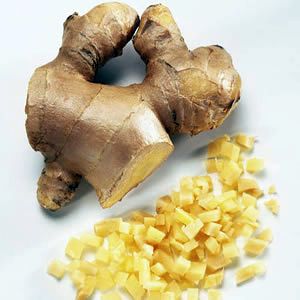 Lily Anderson – In the era of increasing environmental awareness, the ubiquitous presence of microplastics has raised concerns globally. These minute particles, a byproduct of plastic breakdown, have infiltrated various ecosystems, from polar ice to soil, water, and even our food. The focus intensifies on bottled water, a commodity widely consumed, as recent advancements in technology shed light on an even smaller culprit: nanoplastics.
Lily Anderson – In the era of increasing environmental awareness, the ubiquitous presence of microplastics has raised concerns globally. These minute particles, a byproduct of plastic breakdown, have infiltrated various ecosystems, from polar ice to soil, water, and even our food. The focus intensifies on bottled water, a commodity widely consumed, as recent advancements in technology shed light on an even smaller culprit: nanoplastics.
The Nanoplastic Frontier
In a groundbreaking study published in the Proceedings of the National Academy of Sciences, researchers have delved into the poorly understood realm of nanoplastics. These microscopic particles, offspring of their larger counterparts, microplastics, have been identified and quantified in bottled water for the first time. Astonishingly, an average liter contained a staggering 240,000 detectable plastic fragments, revealing a magnitude 10 to 100 times greater than previous estimates. Continue reading

 Alexandra Bruce – Dr Ana Mihalcea joins Sean at the SGT Report to discuss her recent findings that unvaxxed folks now have the same risks as the vaxxed. She believes that the rubbery clots found by morticians are being caused by the hydrogel in the vaxx and that we are all injesting the nanotechnology that creates them. We’re inhaling it from the chemtrails and consuming it orally through our food and water.
Alexandra Bruce – Dr Ana Mihalcea joins Sean at the SGT Report to discuss her recent findings that unvaxxed folks now have the same risks as the vaxxed. She believes that the rubbery clots found by morticians are being caused by the hydrogel in the vaxx and that we are all injesting the nanotechnology that creates them. We’re inhaling it from the chemtrails and consuming it orally through our food and water. If you know anything about food medicine or even nutrition, you know the foods you eat affect your body through various mechanisms and processes. But have you ever stopped to think about
If you know anything about food medicine or even nutrition, you know the foods you eat affect your body through various mechanisms and processes. But have you ever stopped to think about